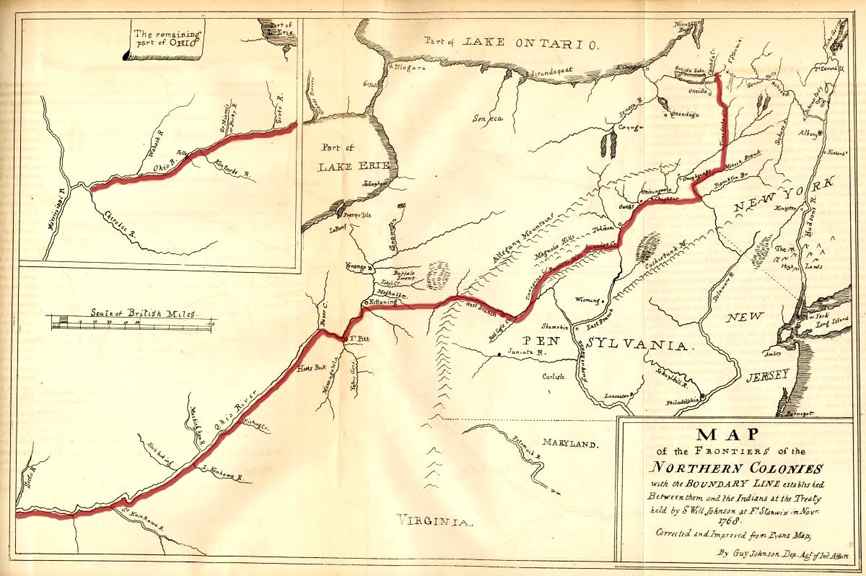Book Review:
The Return of George Washington 1783-1789 by Edward J. Larson. New York: William Morrow, 2014. Hardcover $29.99. ISBN 978-0-06-224867-1. Pp 384. Index, bibliography, illustrations.
While mountains of books have been written about George Washington most have covered his wartime or presidential careers. Few have discussed in any depth the period between his remarkable resignation as commander in chief through his inauguration of President. That is precisely the scope of this utterly fascinating book.
Washington often commented that he wished to retire to a peaceful life at Mount Vernon where he could sit “under his vine and fig tree” in peace. That is how many of us think of him spending his time between the Revolutionary War and the Presidency. As Edward Larson tells us a great deal of immense importance occurred during those years and Washington was deeply involved.
While Washington was sincerely desirous of living out his days as a gentleman on his Virginia estates he did not, and could not, turn his back on the country he had done so much to create. As it became clear that the government under the Articles of Confederation could not function effectively and the states were quarreling among themselves Washington feared that the country would founder.
Realizing that the new nation must not be fragmented Washington sought ways to tie the growing areas West of the Appalachians with the established areas along the coast. In 1784 Washington made a six week long trip across the mountains to inspect his property in western Pennsylvania and Virginia. Washington witnessed first hand that the western settlers had few links to those across the mountains to the east and that the frontier was not secure from Indian attacks. In addition, there were still forts manned by the British on what was now US territory. It became clear to Washington that the central government must be strong enough to secure the border as well as encourage the over mountain settlers to remain attached to the rest of the country.
My only complaint about the book stems from the chapter on Washington’s 1784 western trip. I was disappointed that many place names and geographic areas are discussed yet no map is provided for the reader to follow the narrative. To fully understand the chapter reference to a map is essential.
Washington, operating from Mount Vernon, carried on a huge correspondence with leaders though out the country on the need for a strong government. This led to him becoming, somewhat reluctantly, the President of the Constitutional Convention. The political maneuvering is explained in a very clear and engaging manner.
It is fascinating to watch Washington, knowing the value of his name and presence, using the power of his enormous personal standing with the country to create the new nation from the old. The view makes Washington very human and also raises his accomplishments to that of the personal triumph of a statesman without peer.
This book is very readable and highly recommended.








3 Comments
Thanks for a very useful review. As an archaeologist I am biased in favor of maps, figures, and tables in publications of all kinds and frequently disappointed by historians who seem less interested in such things. Your point about maps is an important one.
I am also a fan of proper detailed maps to supplement the written prose. I find that histories which lack appropriate maps seem less informative.
Anyway, this book looks very worthwhile notwithstanding the shortage of maps for the 1784 westward excursion.
Thanks for the book review.
John Pearson
Hi Hugh,
Did the book get into his trip into the Mohawk Valley in July/August of 1783? Also, does the book get into any other trip(s) Washington made into upstate NY during the time period covered in the book? Thank you for the review, it was very helpful and informative.
Brian Mack
Fort Plain Museum